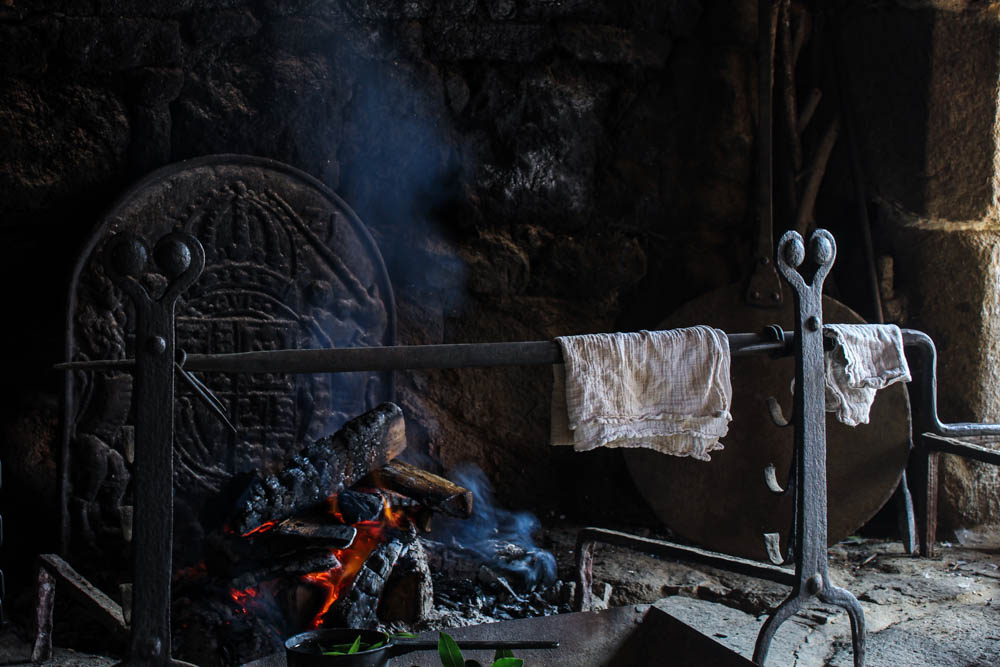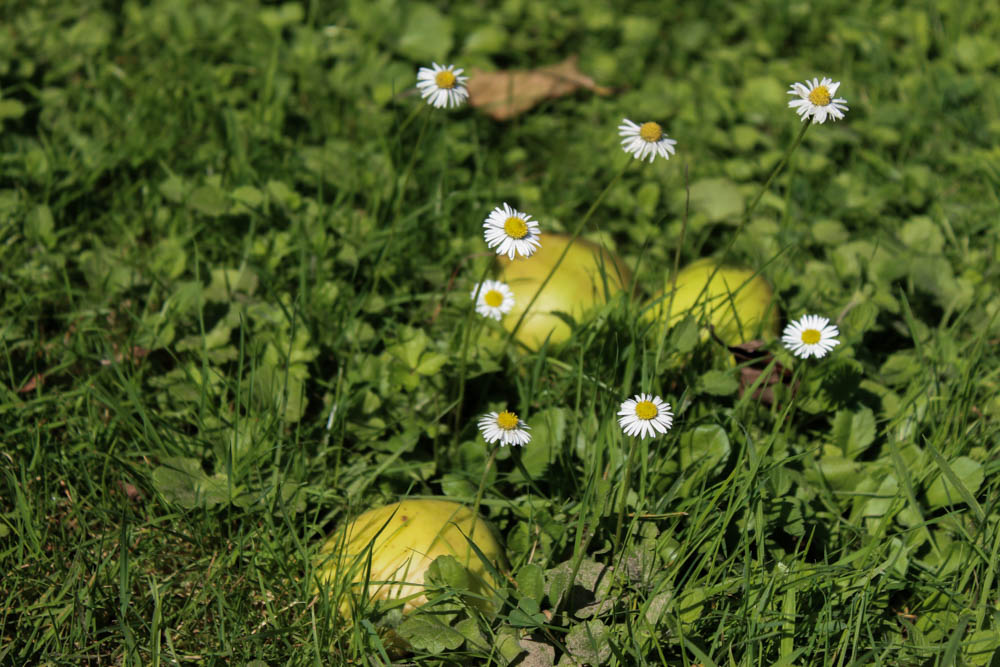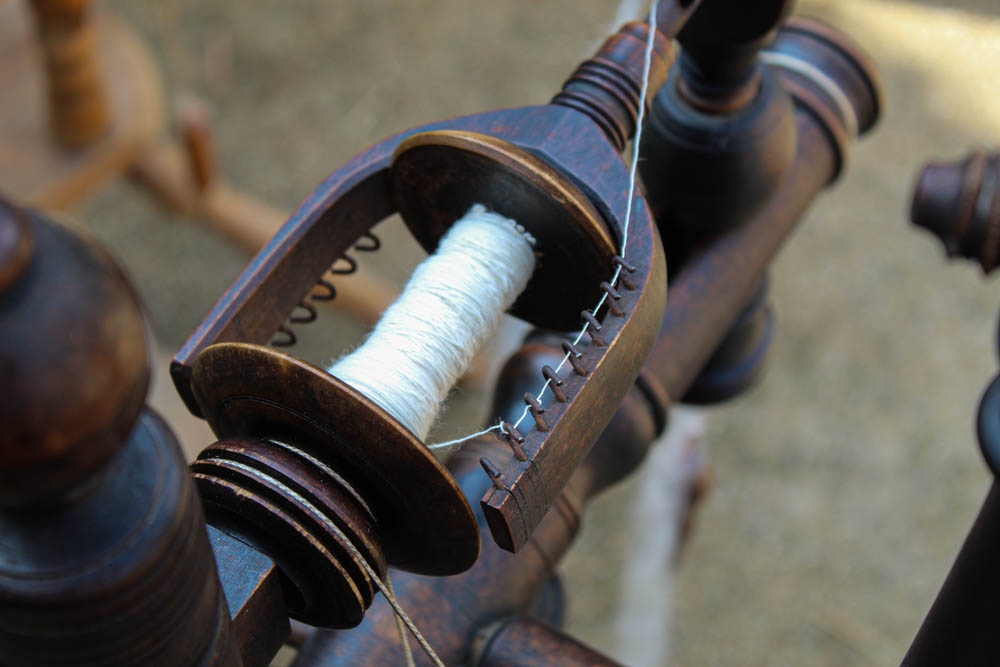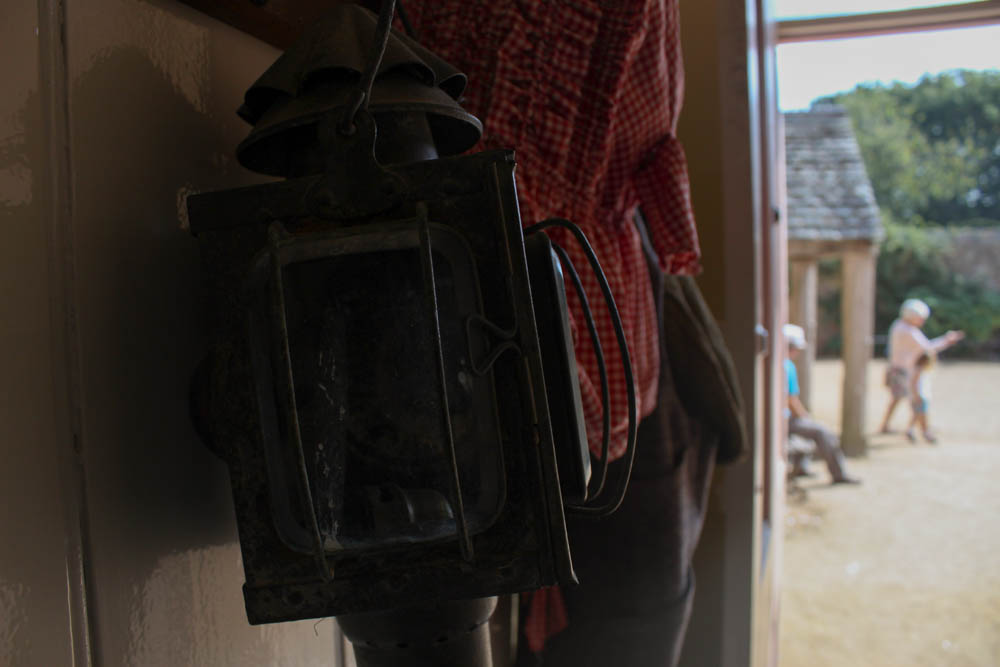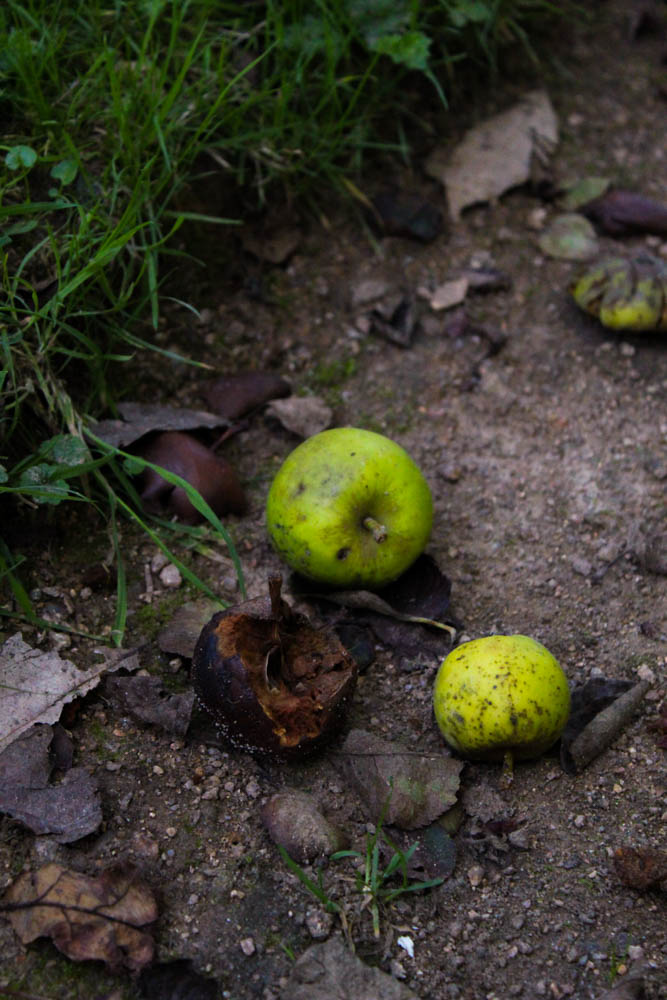PORTRAITS

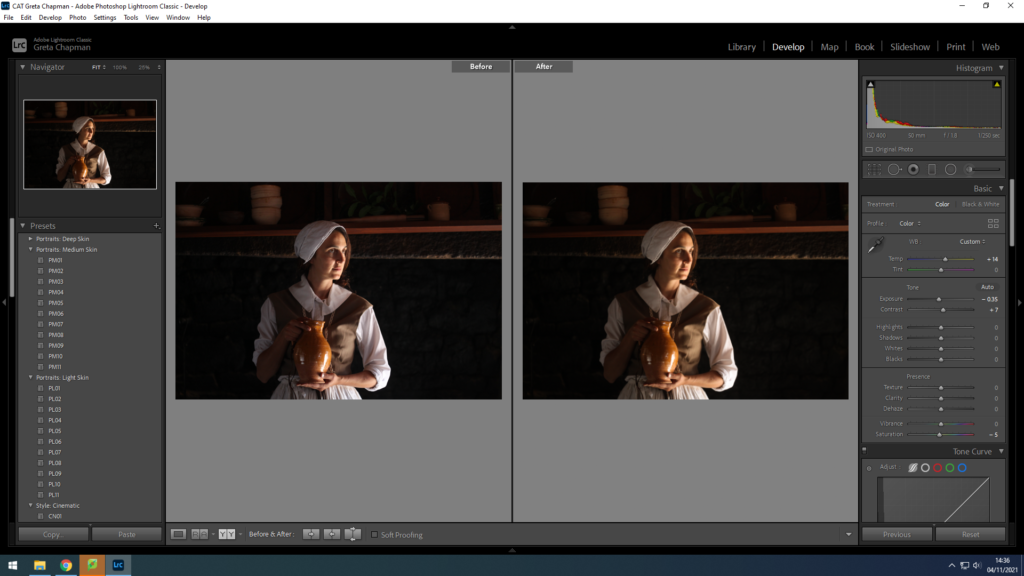
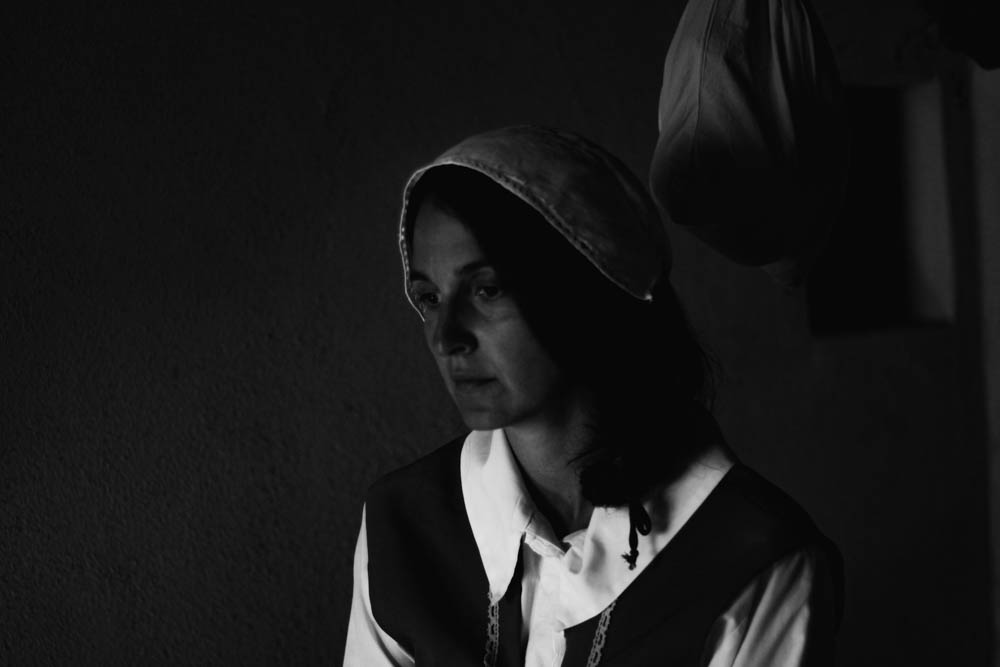
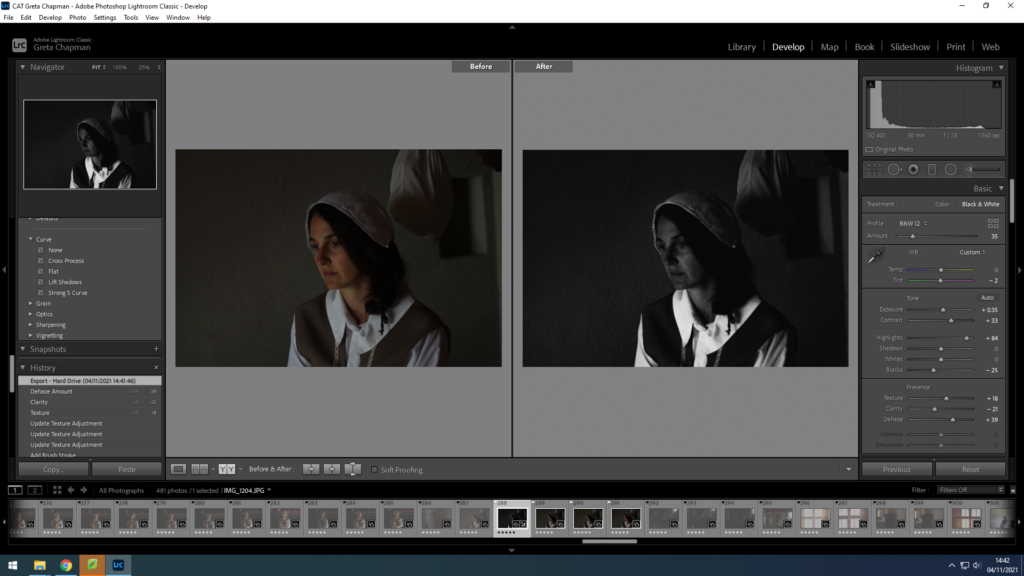



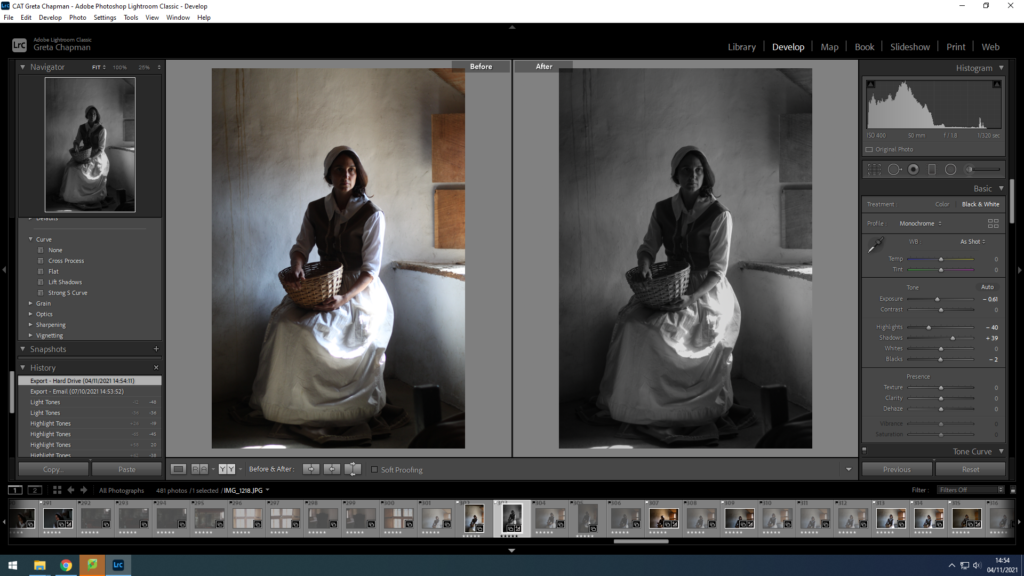

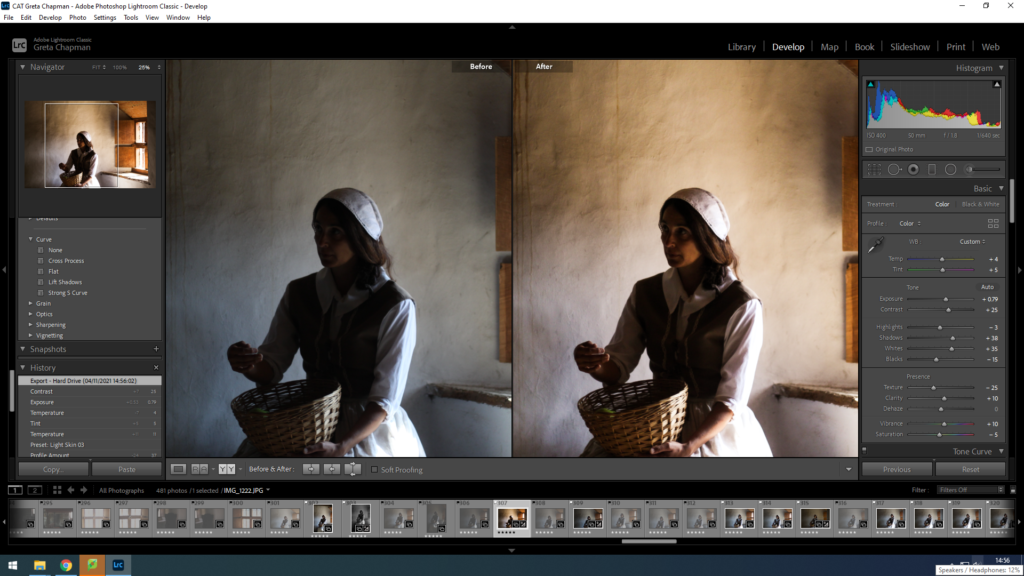
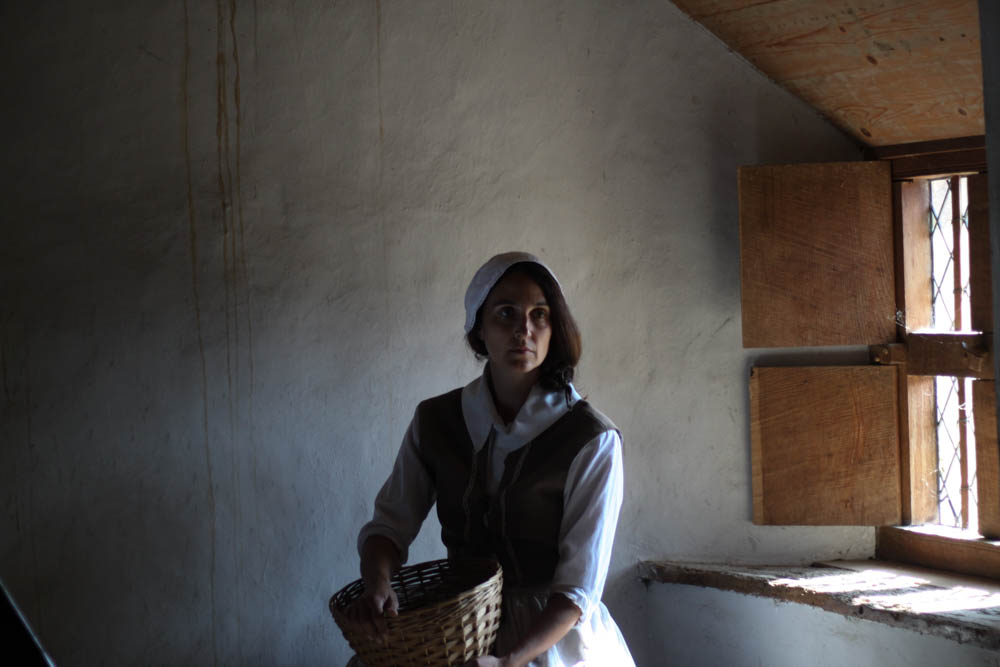

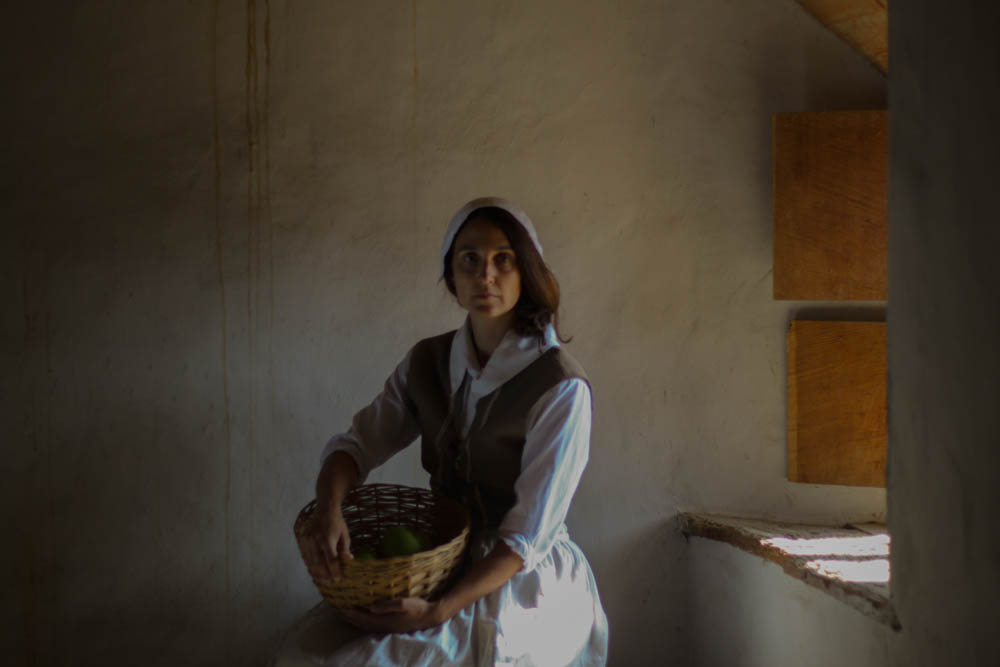


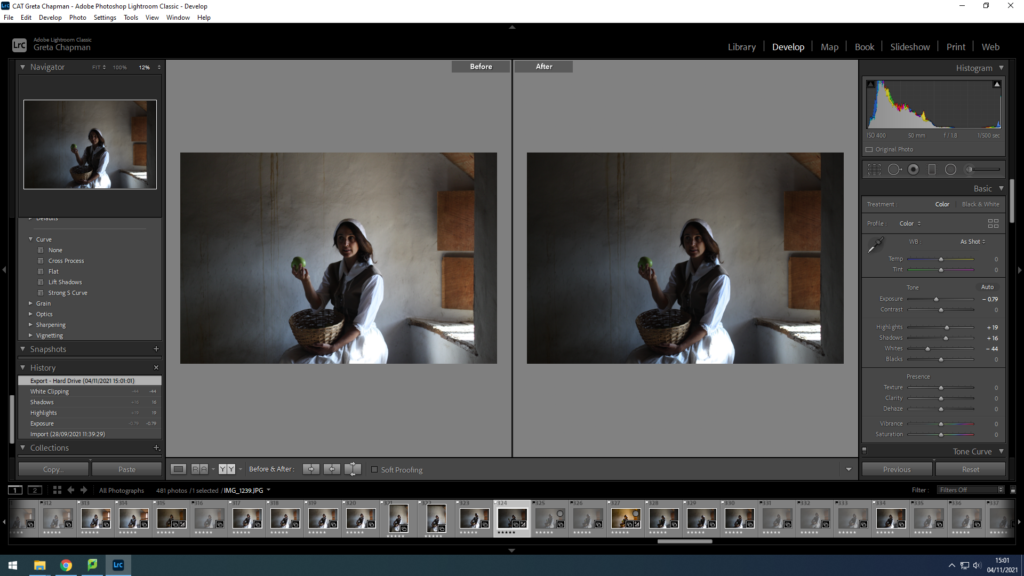
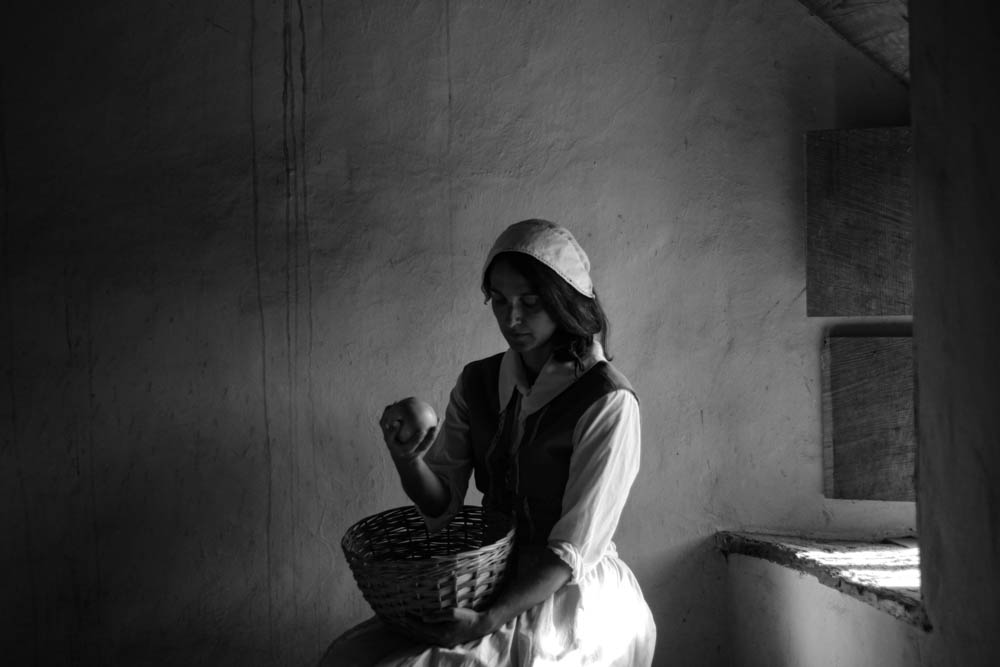

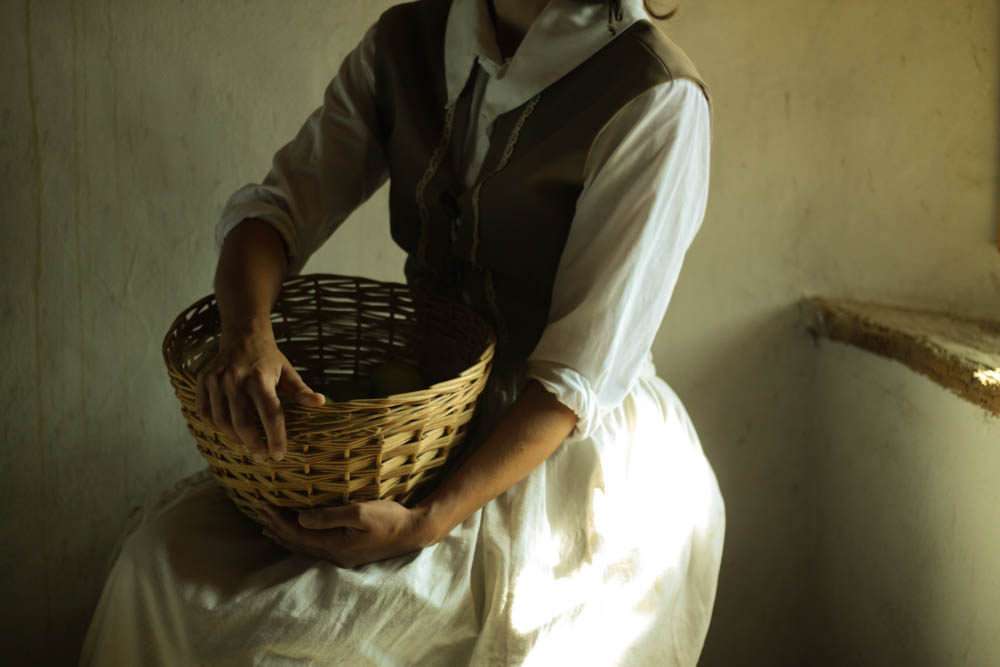
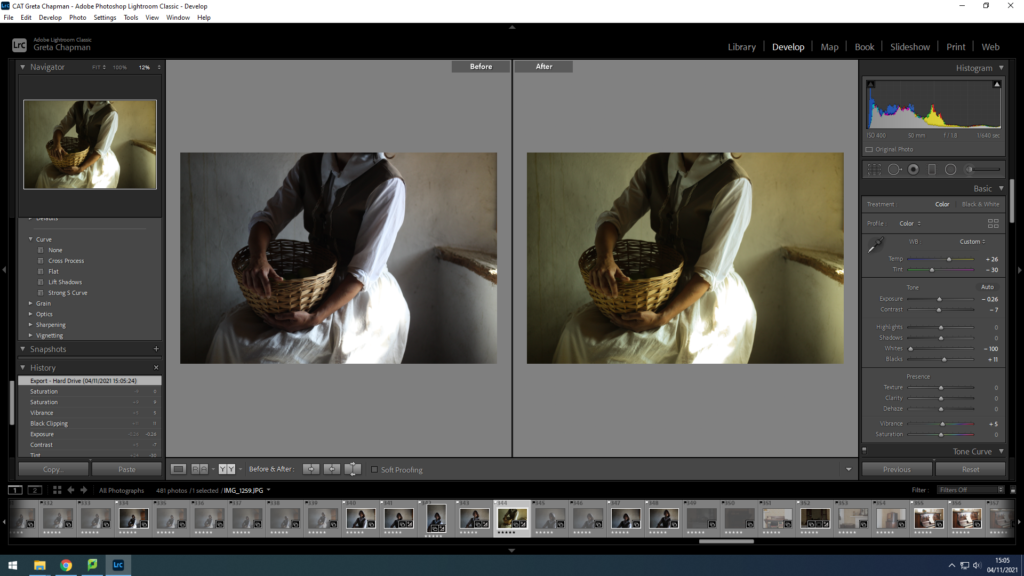
INTERIORS
PORTRAITS




















INTERIORS
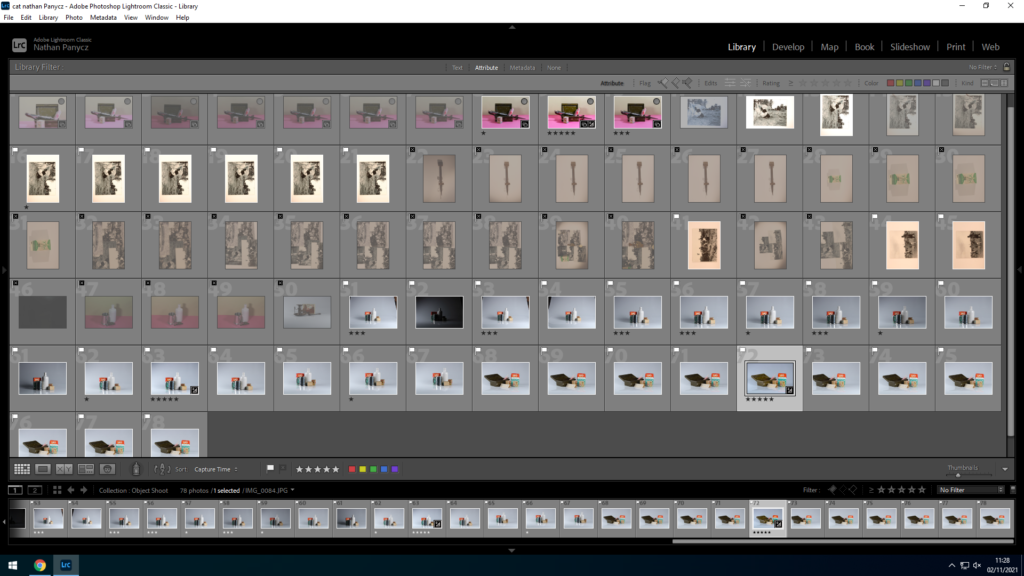
I flagged all the good pictures and rejected all they were too dark or not focused enough.

I selected the best images based on how focused they are, the shadows or lack of them and whether they are overall aesthetically pleasing.

Those were my best picks which I then rated to further narrow down the selection



In this shoot I photographed historic objects as the topic of the shoot is heritage. The lighting in this were two LED studio lights on both sides (bottom right and bottom left). The light were bright and quite close (around half a meter) to the objects to get rid of any shadows, positioned a bit above the objects. The camera was pretty close as well to capture as much detail as possible. The overall temperature is pretty cool as there is a lot of blue-whites and a bit of green, the red peas box really stands out and contrasts the rest of the colours so it draws in the eye, its the first thing you initially see in the photo. The objects are placed in the middle and the camera was taking pictures at eye level rather than the bottom or top. There is a mix of textures from the roughed up edges of the box to the smooth surface of the bottle, I think that makes the picture more interesting.
Cyanotypes as a science-
Cyanotypes are a form of printing that was discovered by Sir John Herschel in 1842. It was often used by engineers in the 20th century to make cheap copies of drawings, known as blueprints. When the mixture of iron compounds are exposed to UV light and then water, the paper will turn blue, giving Cyanotypes their name and signature look, and unexposed areas would be white.


Cyanotypes as an art form-
Cyanotypes can also be used as a form of art, with artists able to place interesting and beautiful compositions onto them. Anna Atkins was a British artist, collector and photographer who illustrated a book using cyanotypes, producing detailed blueprints of botanical specimens- this book was called Photographs of British Algae- Cyanotype Impressions and was released in 1843.
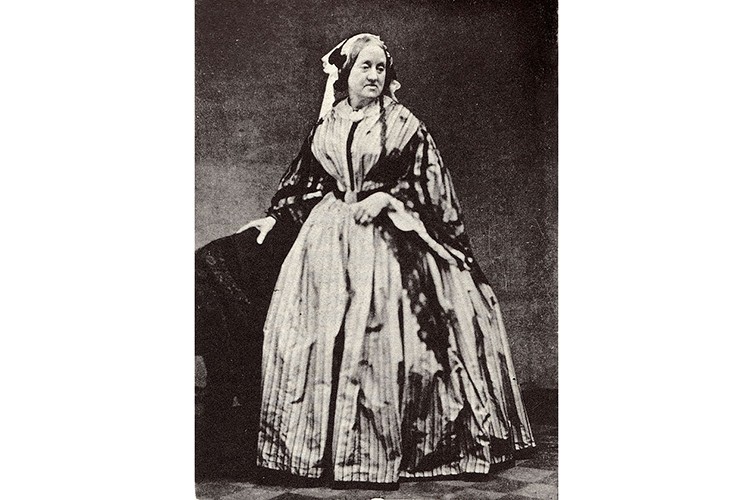
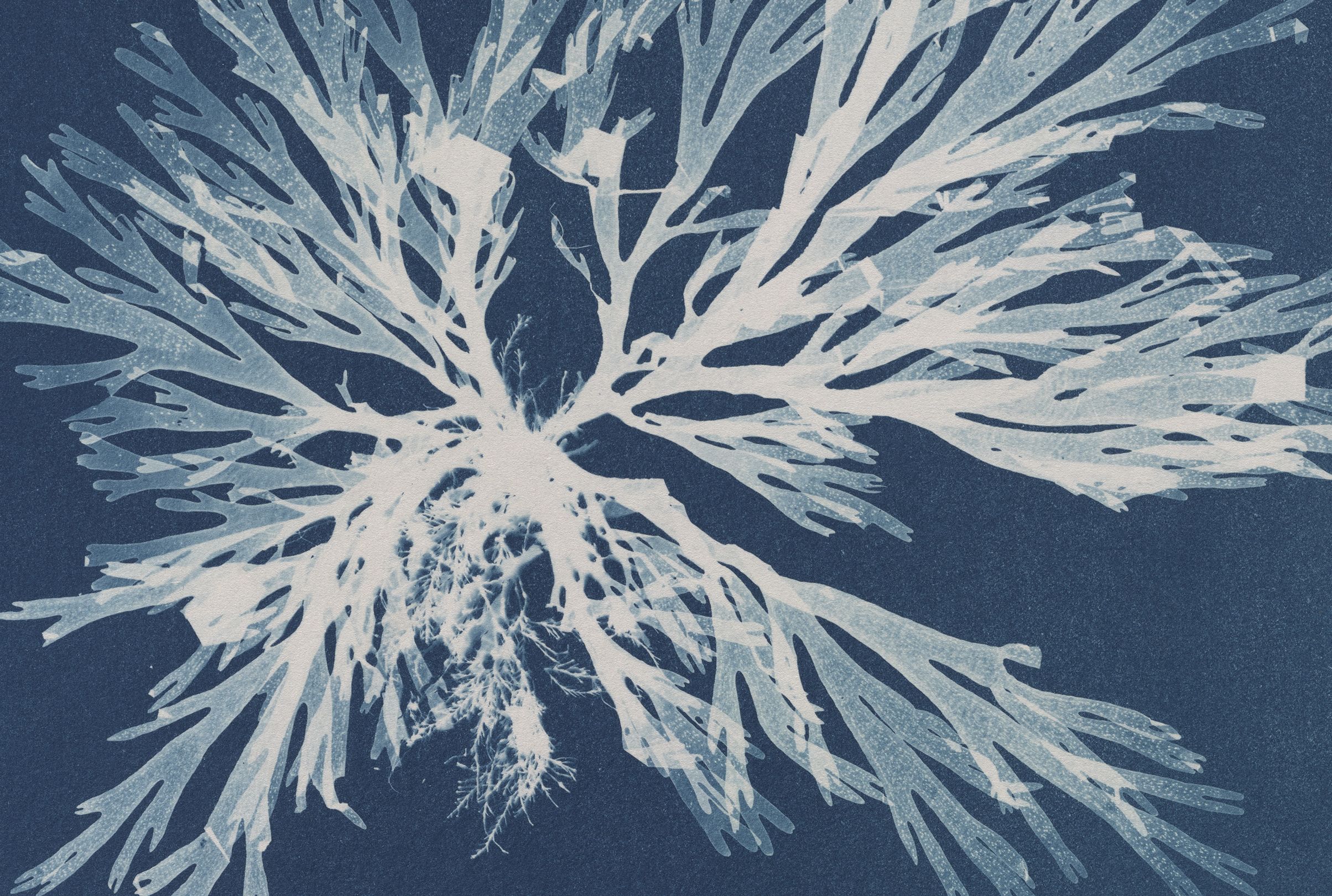
My Cyanotype-
On the Hamptonne trip I had the chance to make my own Cyanotype, I used various things nearby for my composition, like petals and stones. The composition is a little faint but I enjoyed the process.
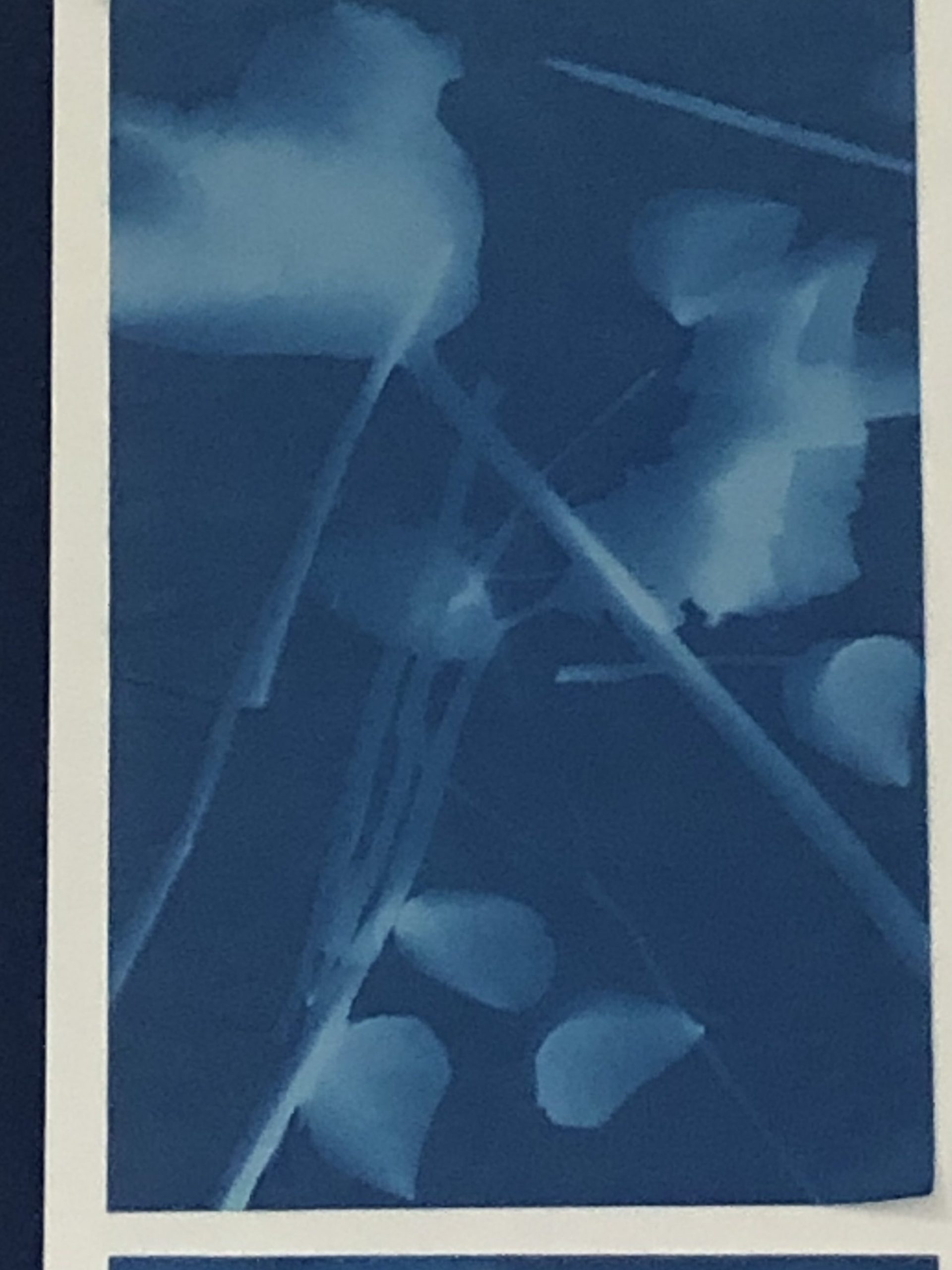
During the visit to hamptonne farm, we took portrait photos of photographer Tom Kennedys wife. He spoke to us on how to only use a natural light source to take the photos, as it makes them look very effective
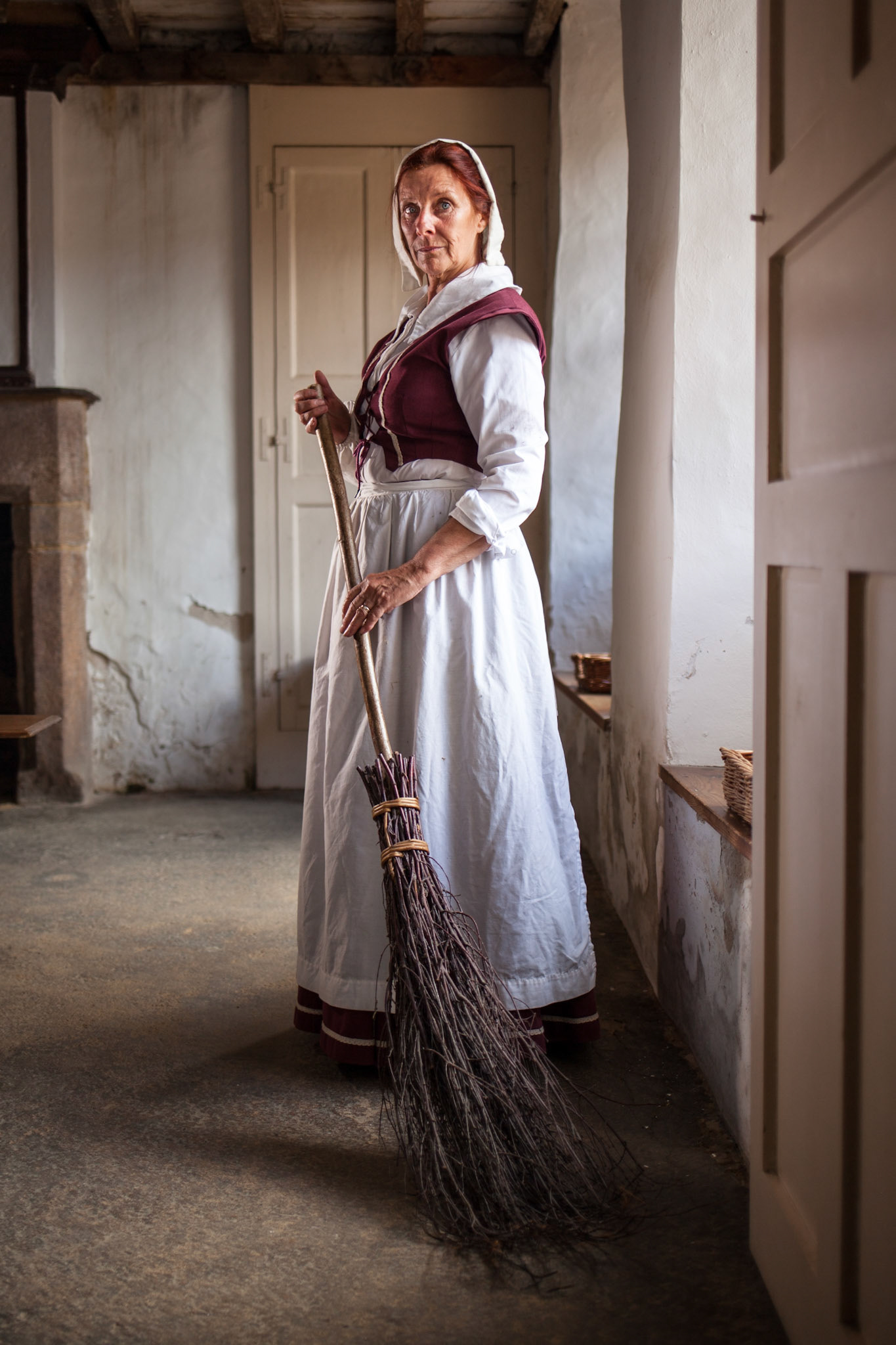

Using Lightroom I selected the best photos I took using the flagging system. The photos that I did not select were too dark in my opinion. I also edited certain photos to make them look more effective.
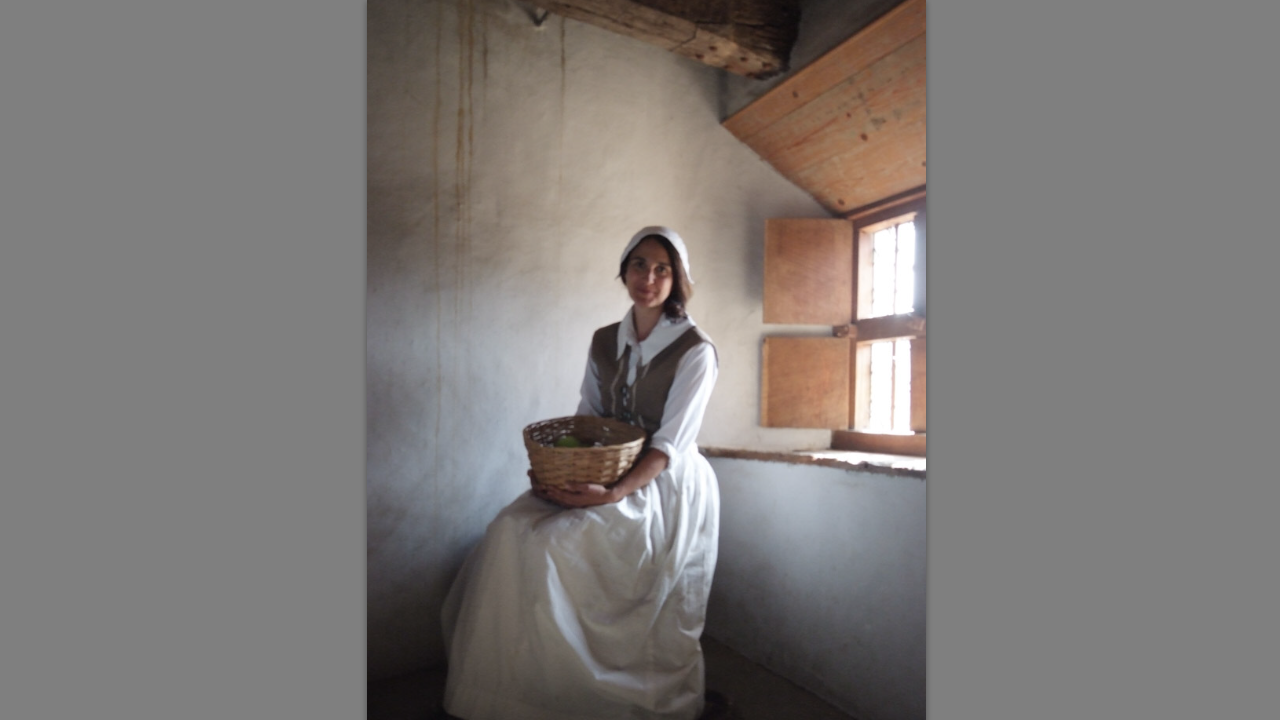
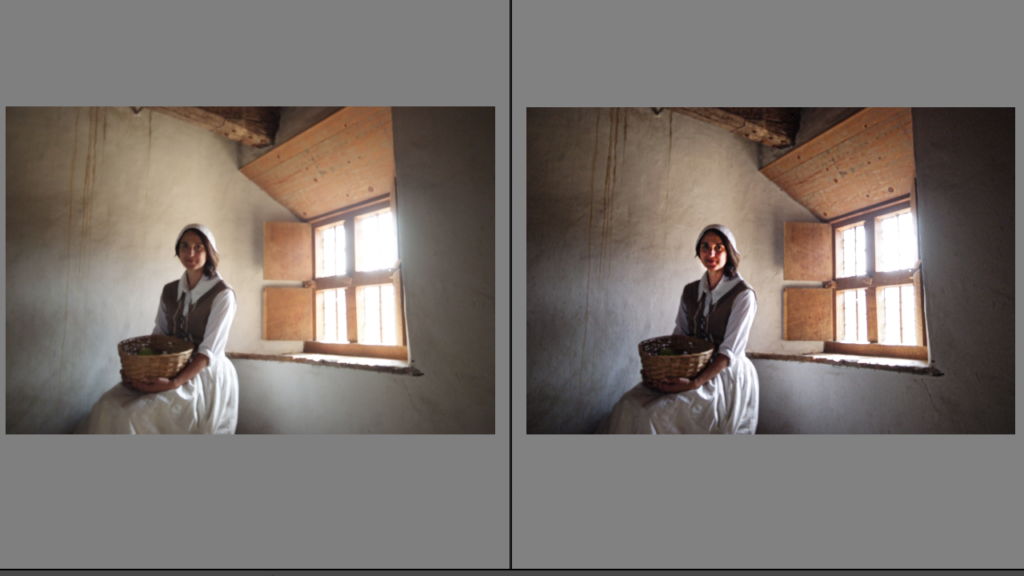


For my environment portraits I chose to shoot a moped doing donut.



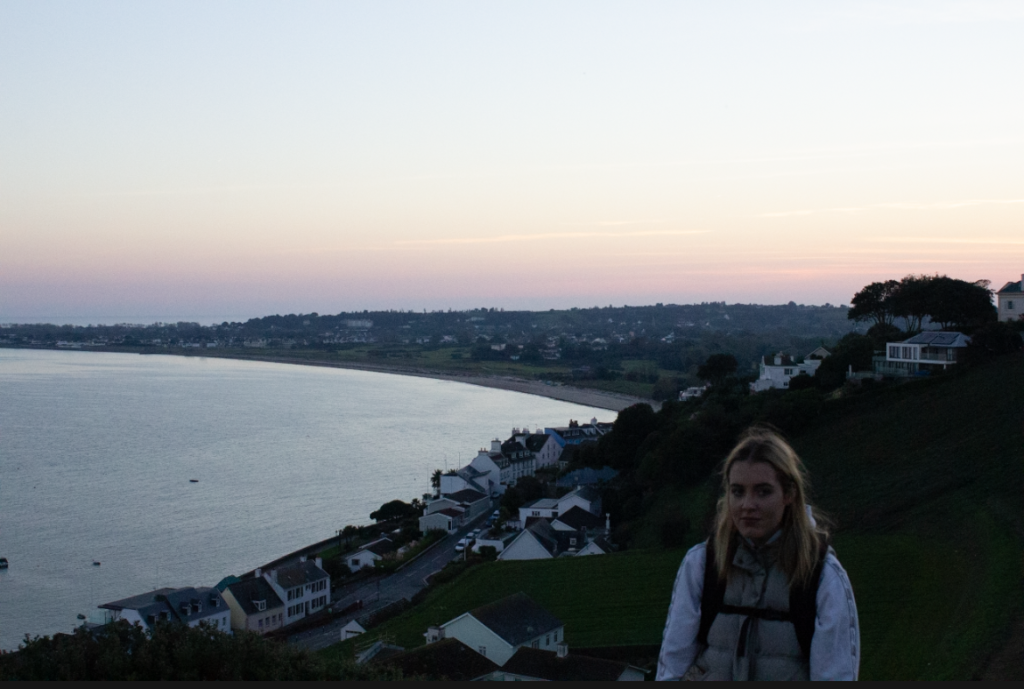
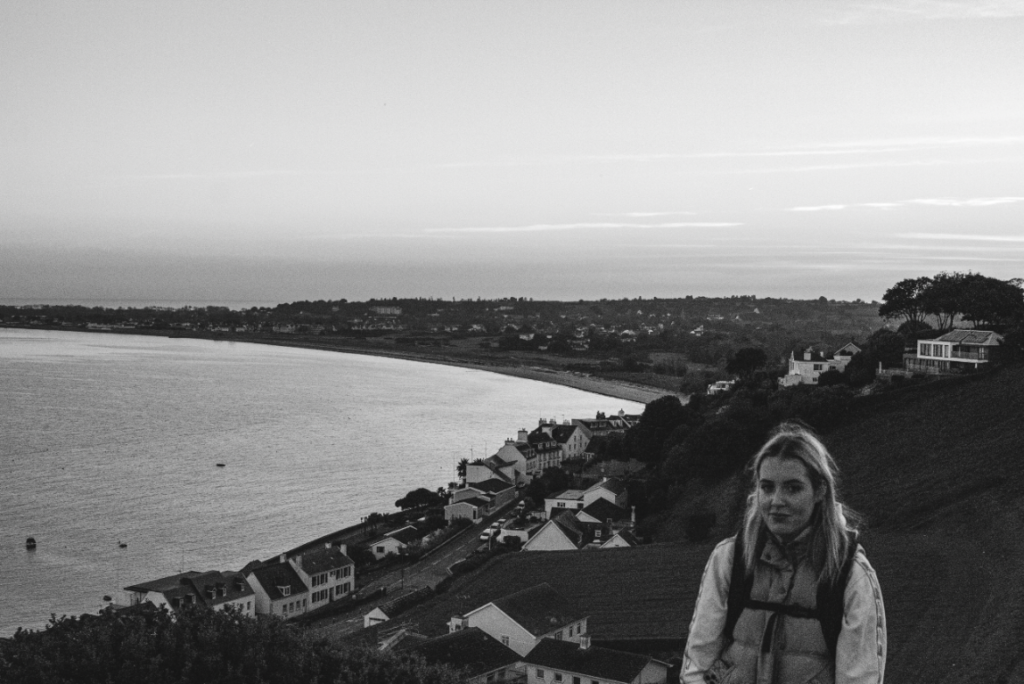
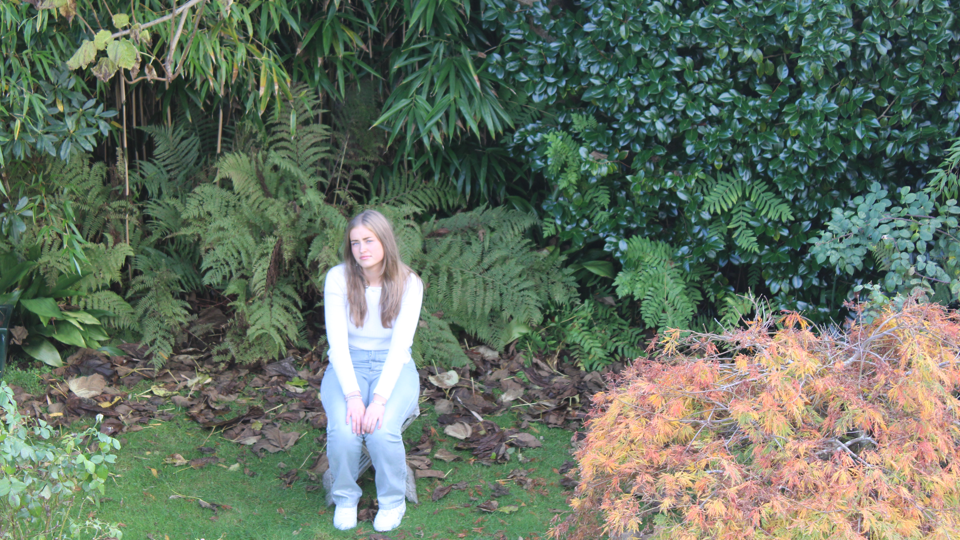

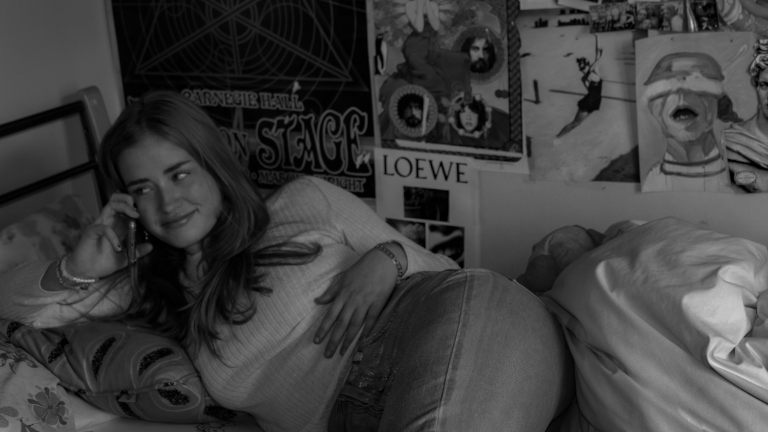
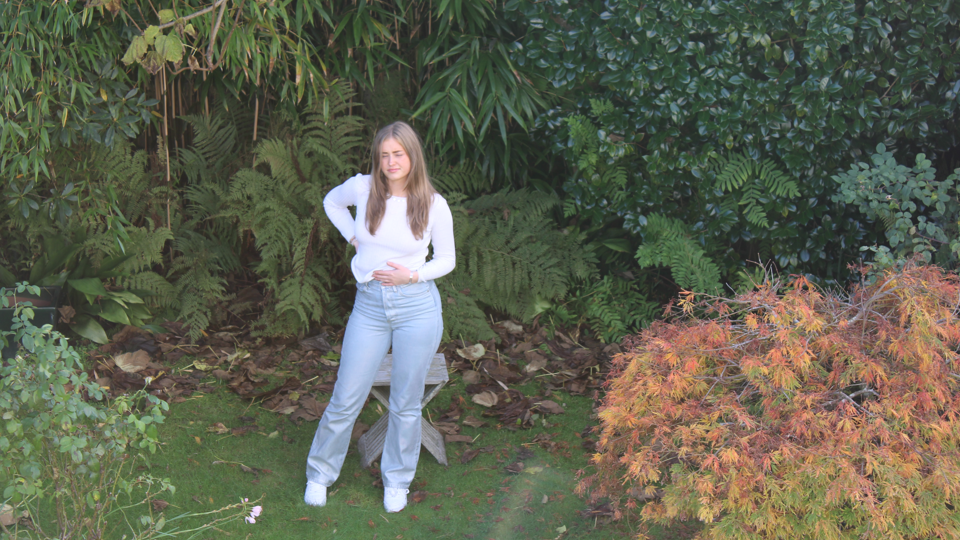
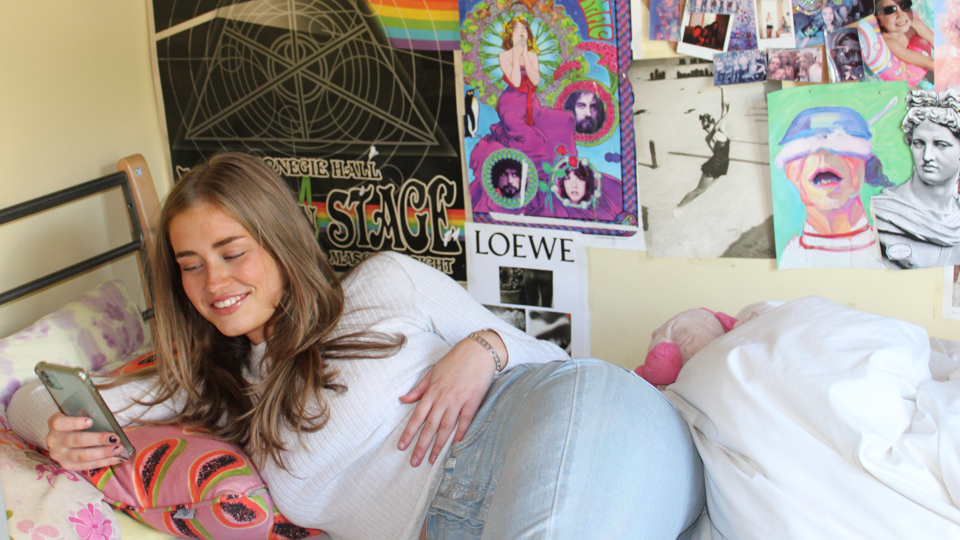
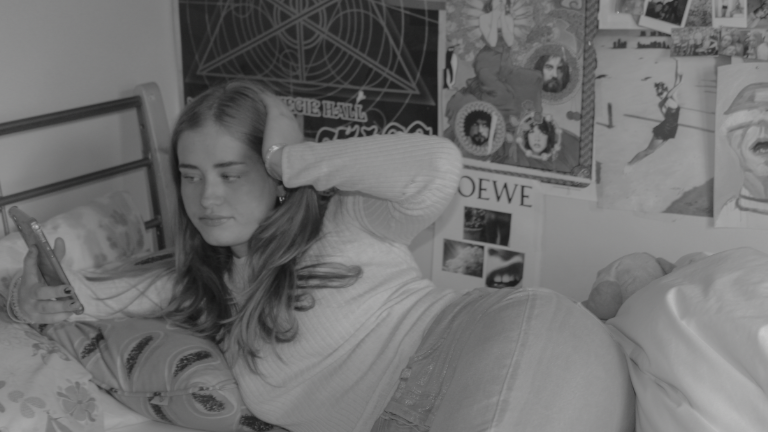
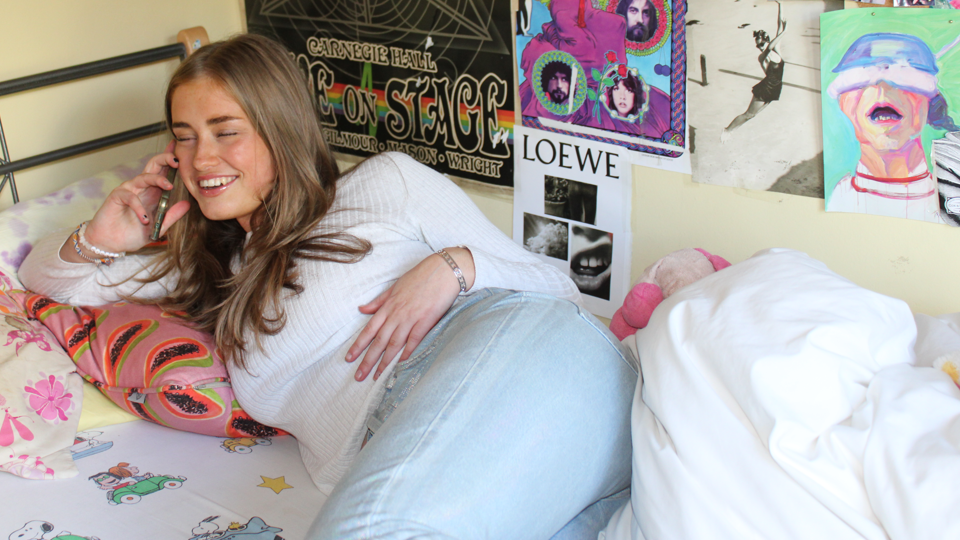
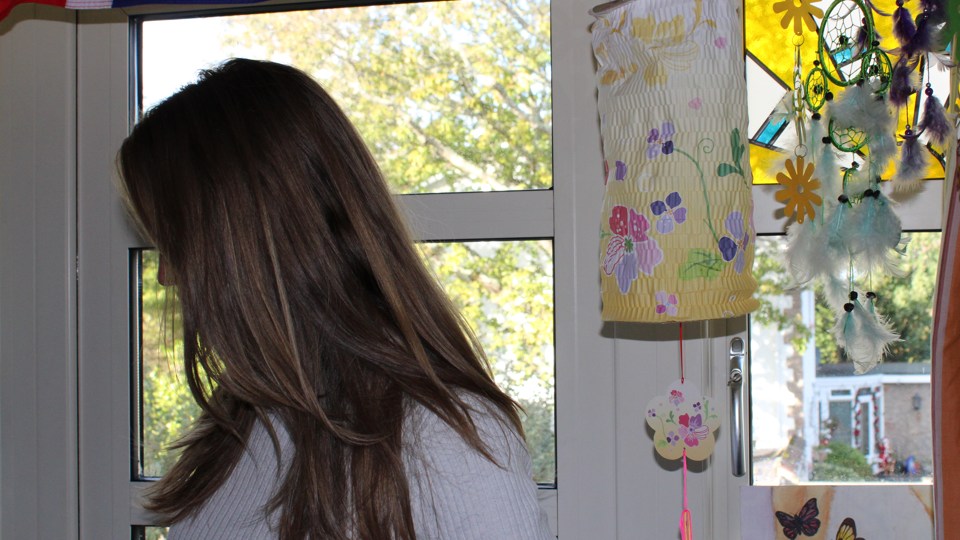
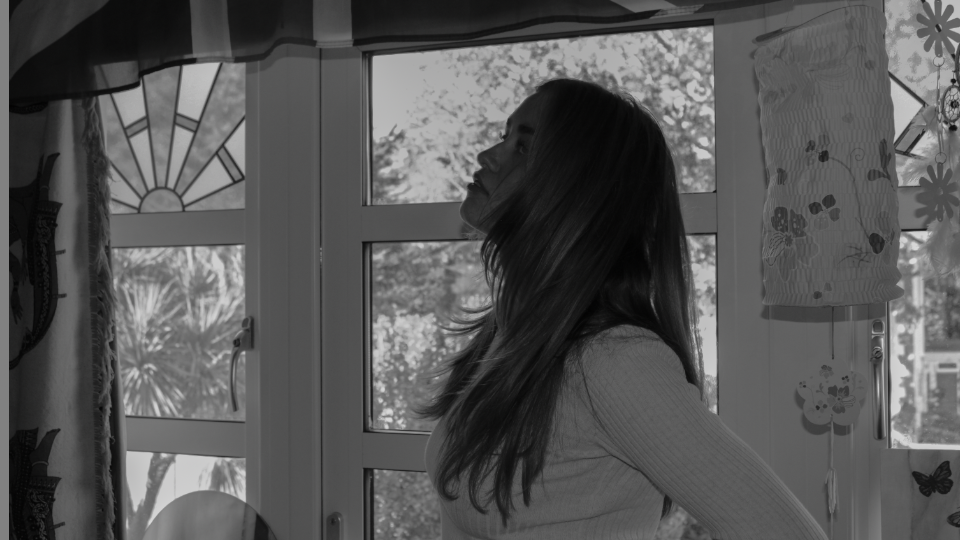
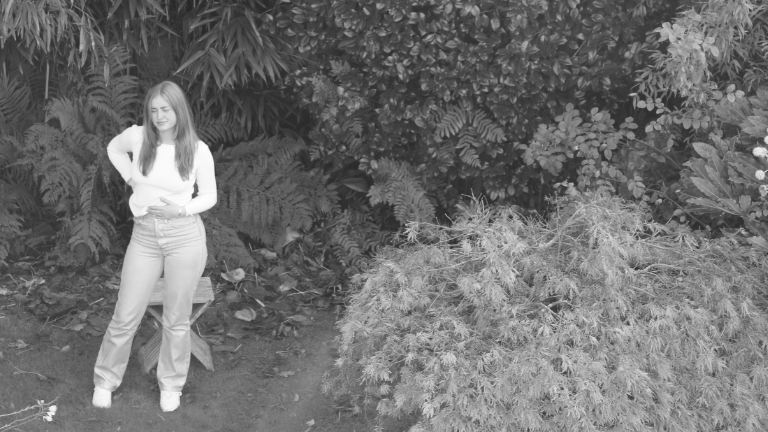

Interiors from around Hamptonne, I edited them to make them brighter and warmer.
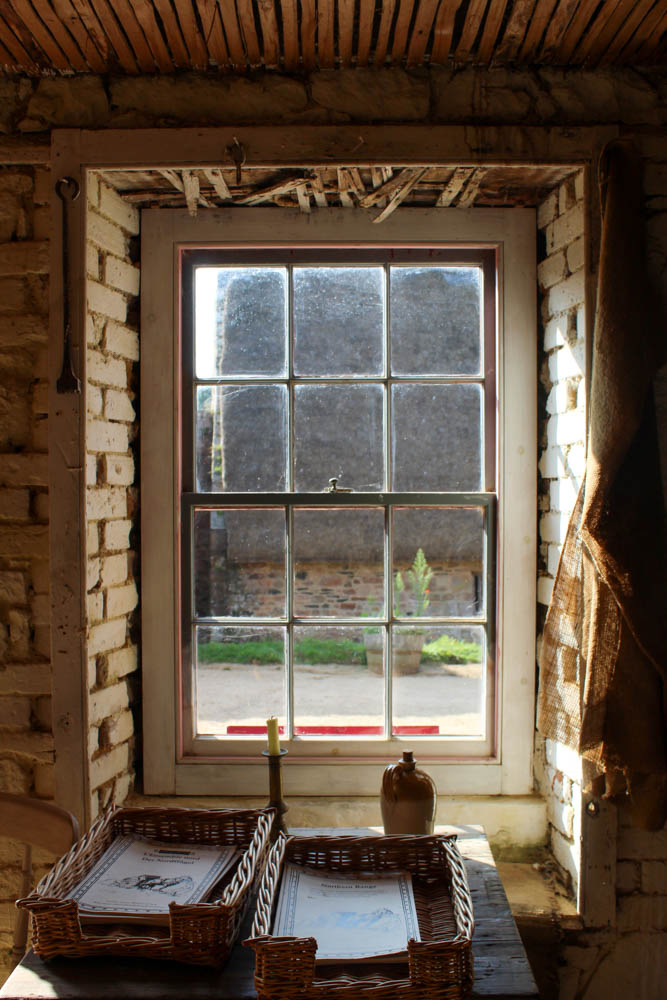
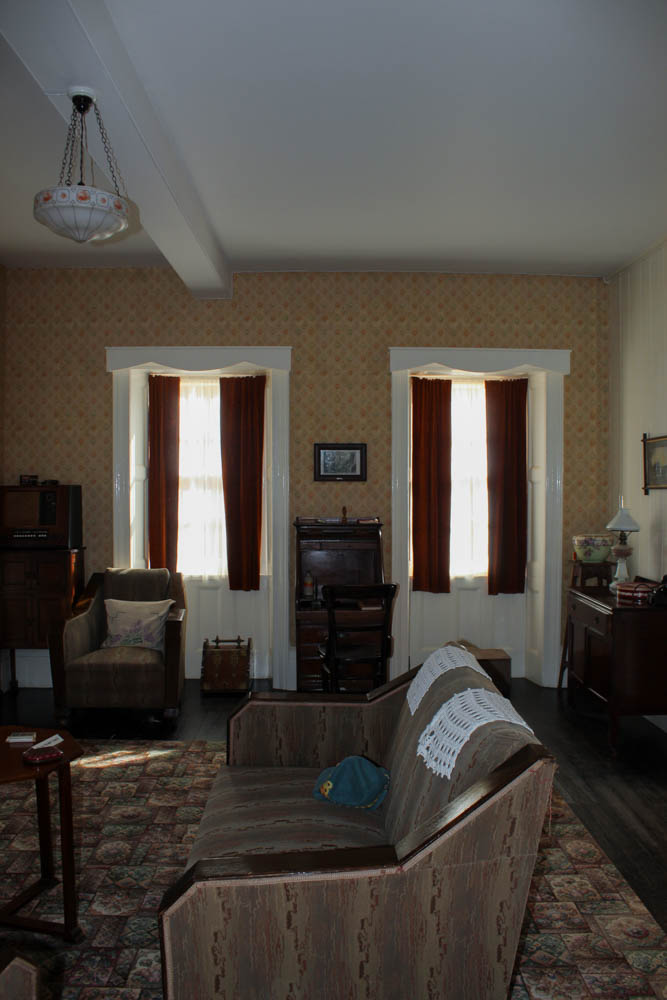
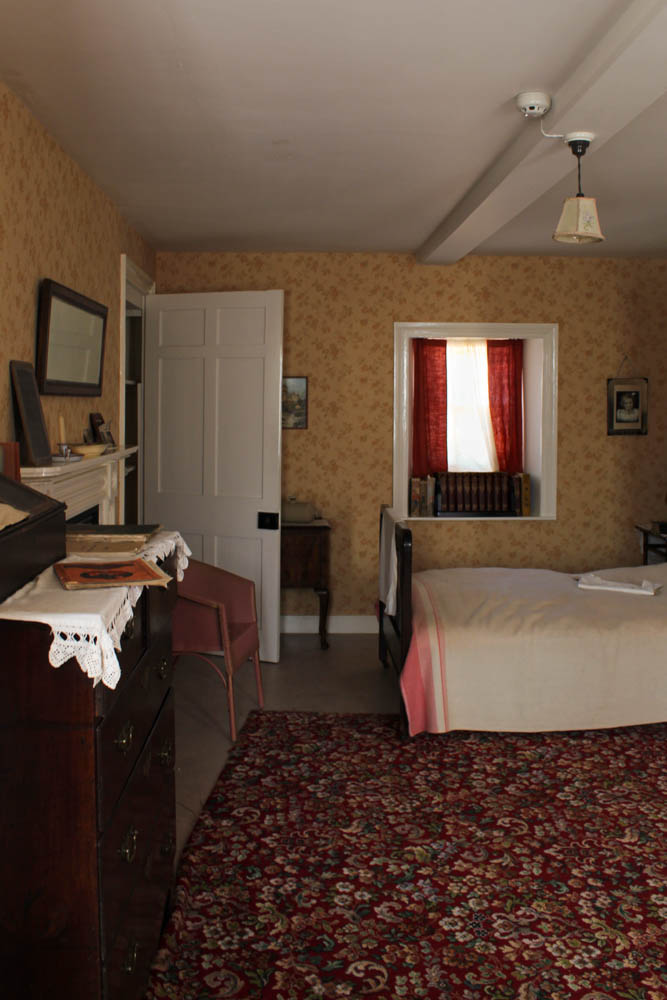



with this image, i moved the lights to give different affects on the shadow placement.


Exteriors from around Hamptonne, I edited them to make them brighter and warmer.
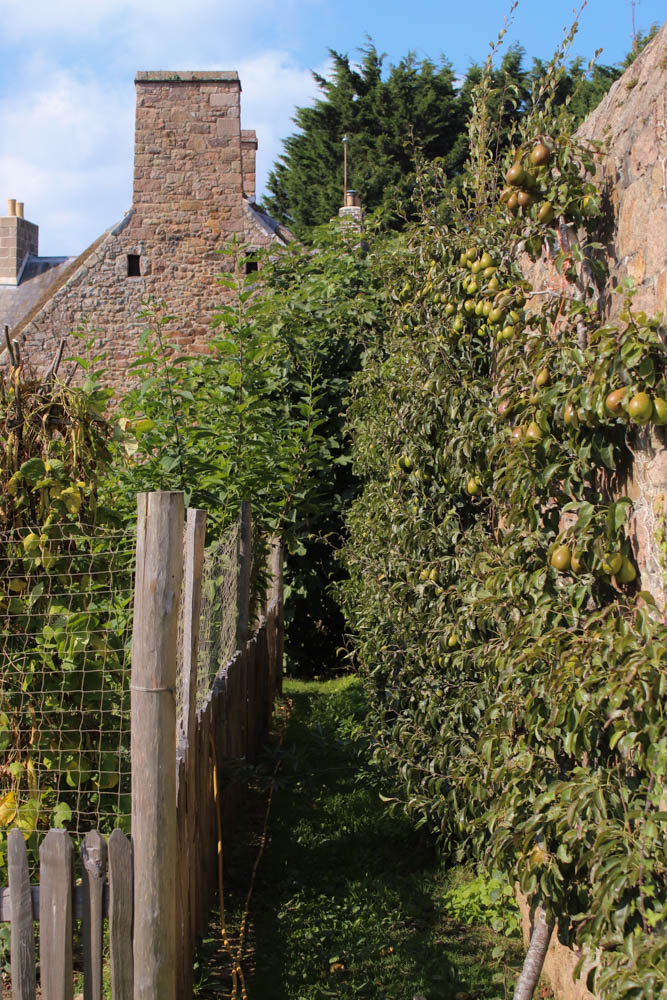

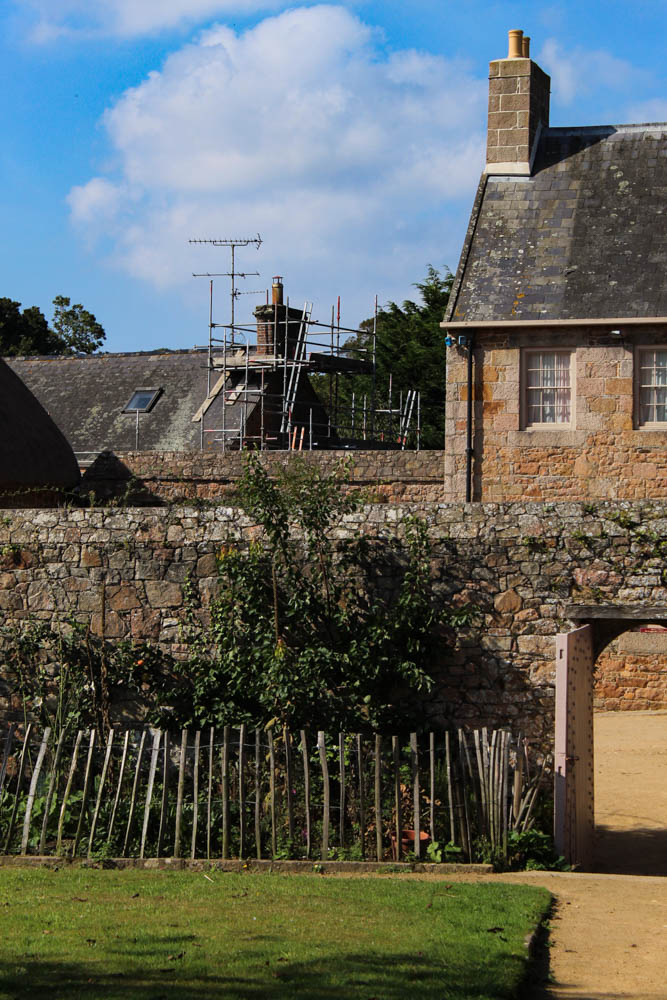
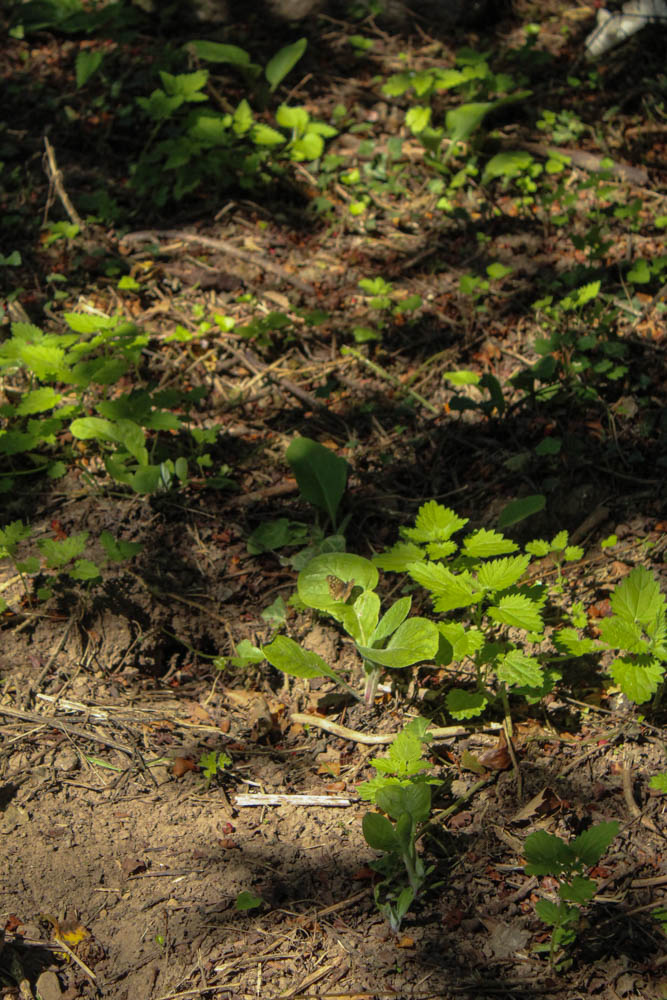
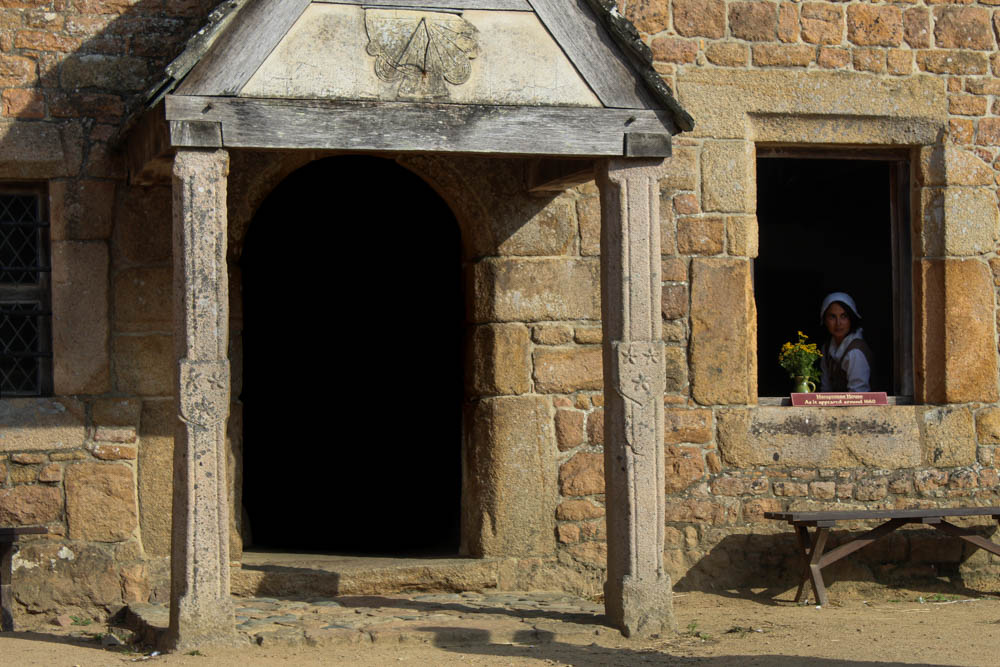
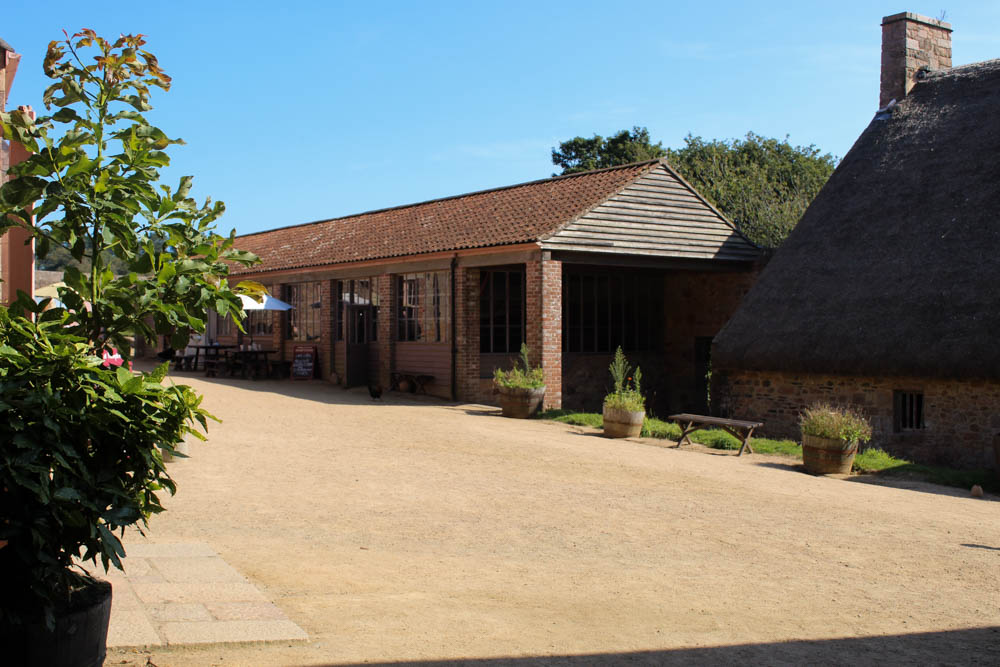
Objects from around Hamptonne, I edited most of them to look warmer and brighter.
